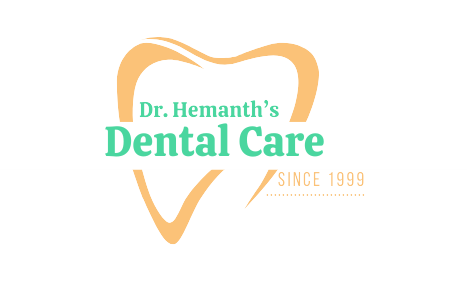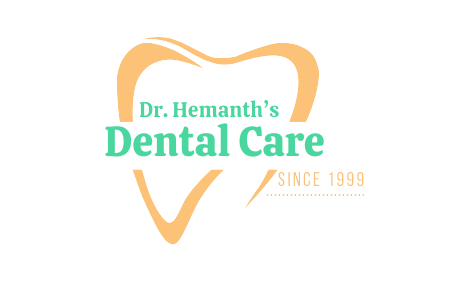Dental Fillings
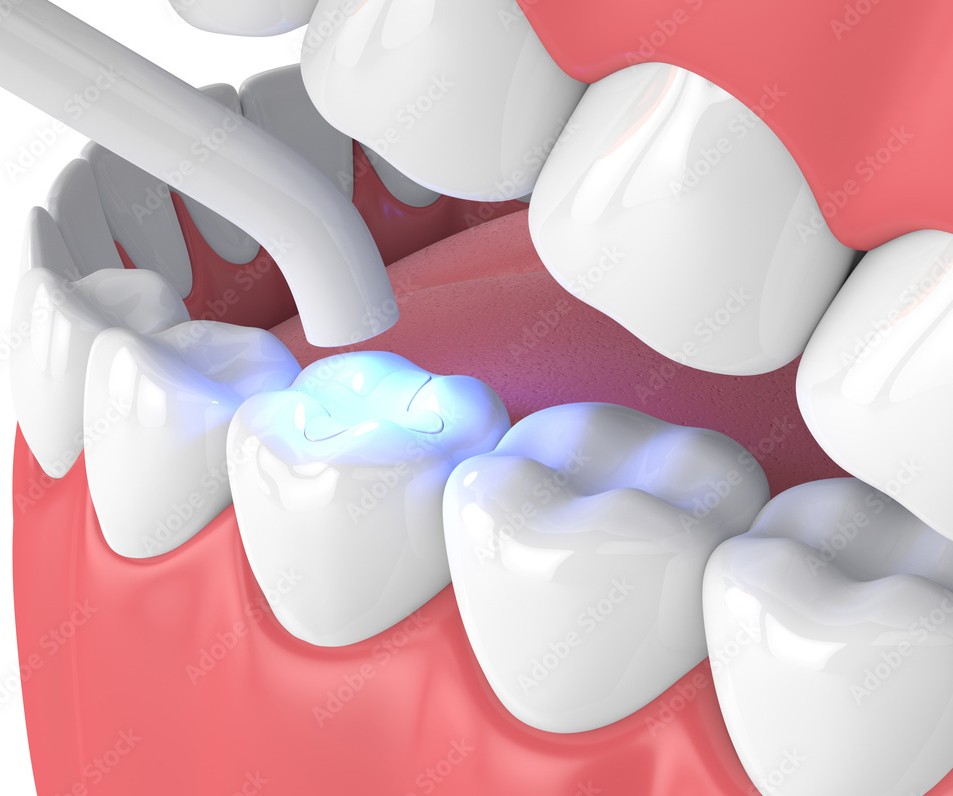
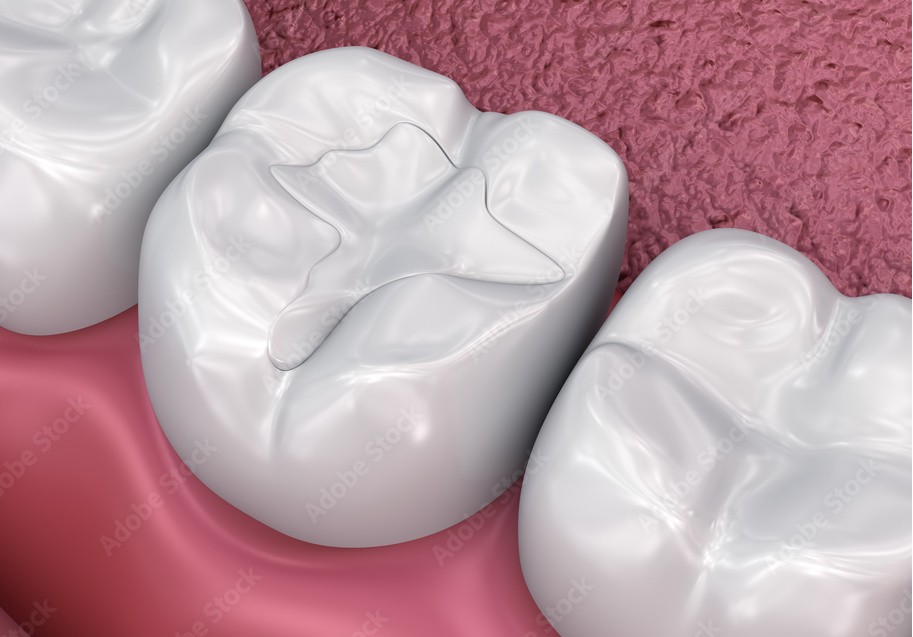
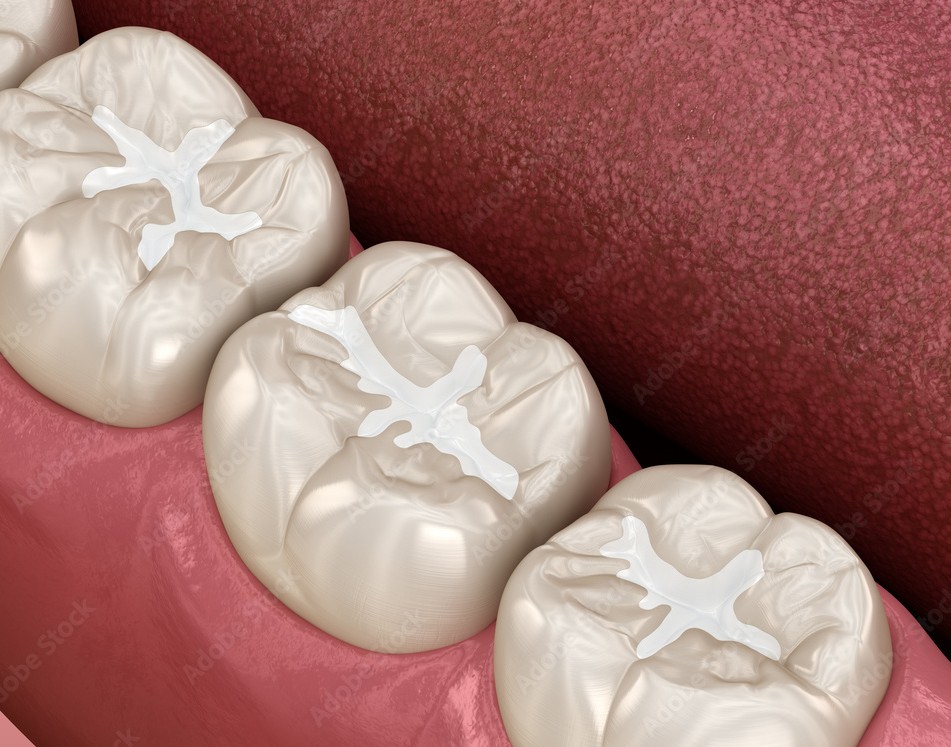
Dental Fillings: Restoring Your Smile and Stopping Decay
Dental fillings are a common dental procedure used to repair cavities, cracks, chips, and worn teeth. They play a vital role in maintaining oral health by preventing further tooth decay and preserving the structure of your teeth.
What are Dental Fillings Made Of?
Several types of dental filling materials are available, each with its own advantages and disadvantages. Here are the most common ones:
- Composite Resin: Tooth-colored fillings are popular due to their natural appearance. They are a good choice for most cavities, especially in visible areas.
- Silver Amalgam: These traditional fillings are strong, durable, and relatively inexpensive. However, their dark color makes them less aesthetically pleasing.
- Gold Fillings: Highly durable and long-lasting, gold fillings are less common today due to their cost.
- Glass Ionomer: These fillings release fluoride, which can help prevent further decay. They are often used in children’s dentistry.
The Filling Procedure
Getting a filling typically involves the following steps:
- Anesthesia: Local anesthesia may be used to numb the area around the tooth.
- Cavity Removal: The dentist uses a drill or laser to remove the decayed or damaged portion of the tooth.
- Cleaning and Preparation: The cleaned area is prepped to ensure a good bond with the filling material.
- Placing the Filling: The chosen filling material is applied and shaped to restore the tooth’s structure and function.
- Hardening and Polishing: The filling is cured with a light or chemical agent and then polished for a smooth finish.
After Your Filling
Following your filling placement, you may experience some mild sensitivity to hot or cold temperatures. This is usually temporary and can be managed with over-the-counter pain medication. It’s crucial to maintain good oral hygiene by brushing and flossing regularly to prevent future decay and ensure the longevity of your fillings.
Signs You Might Need a Filling
If you experience any of the following, it’s recommended to schedule a dental appointment:
- Toothache or pain when biting
- Sensitivity to hot or cold temperatures
- Visible cracks, chips, or fractures in your teeth
- Discoloration or dark spots on your teeth
Benefits of Dental Fillings
Dental fillings offer several advantages:
- Prevent Further Decay: Fillings stop cavities from growing and spreading deeper into the tooth.
- Restore Tooth Structure: They rebuild the tooth’s form and function, allowing for proper chewing.
- Reduce Pain and Sensitivity: Fillings eliminate discomfort caused by cavities or damaged teeth.
- Improve Appearance: Tooth-colored fillings can enhance your smile’s aesthetics.
Maintaining Healthy Teeth
Regular dental checkups and cleanings are crucial for preventing cavities and the need for fillings. Brushing twice daily, flossing once a day, and maintaining a healthy diet are essential for optimal oral health.
By understanding dental fillings and their role in oral care, you can make informed decisions about your dental health and keep your smile healthy for years to come.
Contact Us
Send Us an Email
Monday: 9:00 am-9:00 pm
Tuesday: 9:00 am-9:00 pm
Wednesday: 9:00 am-9:00 pm
Thursday: 9:00 am-9:00 pm
Friday: 9:00 am-9:00 pm
Saturday: 9:00 am-9:00 pm
Sunday: 9:00 am-9:00 pm
